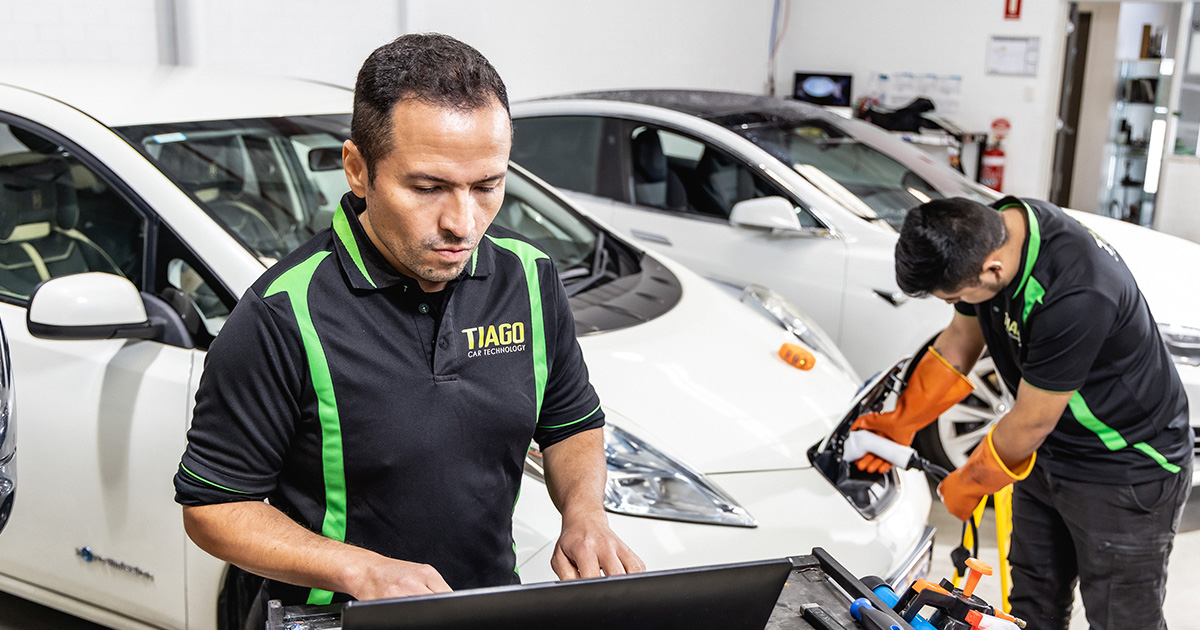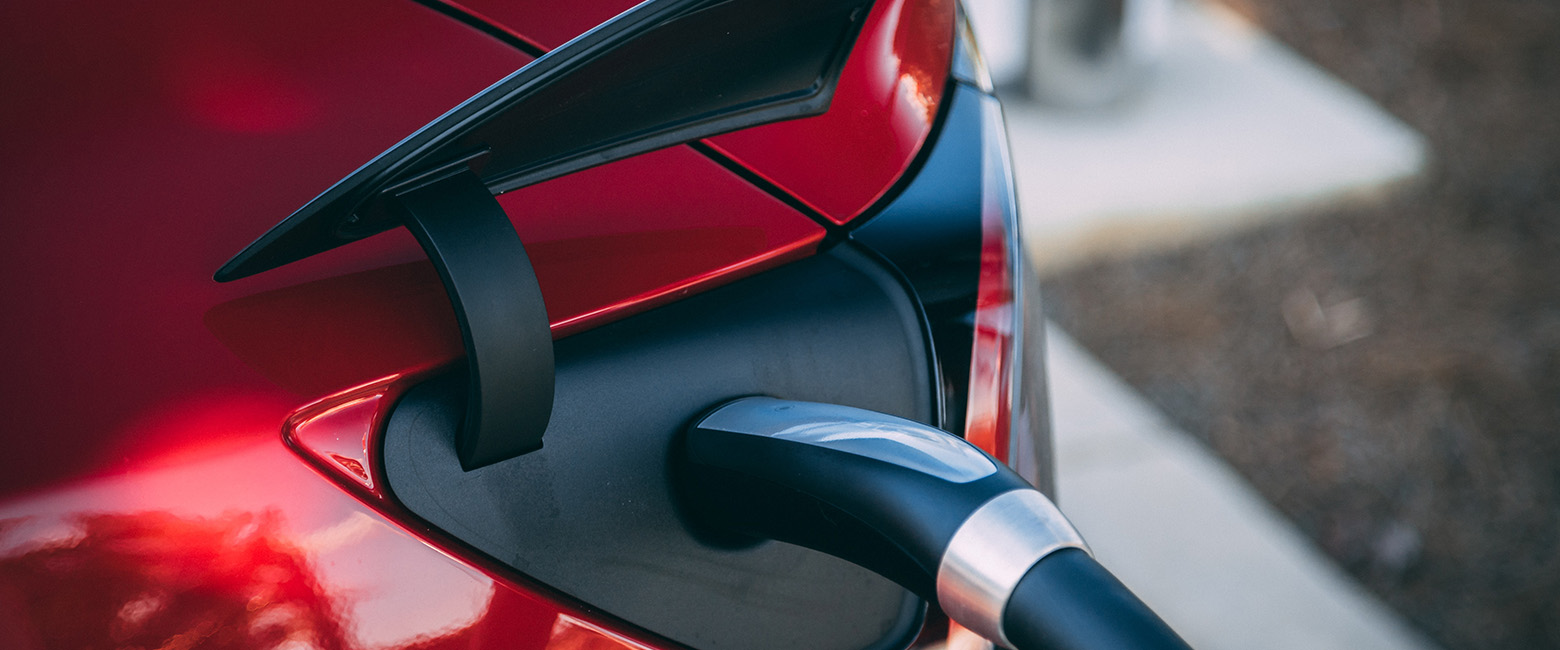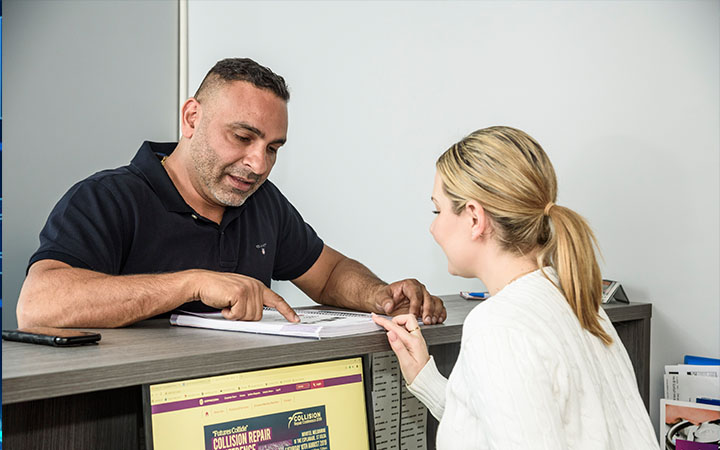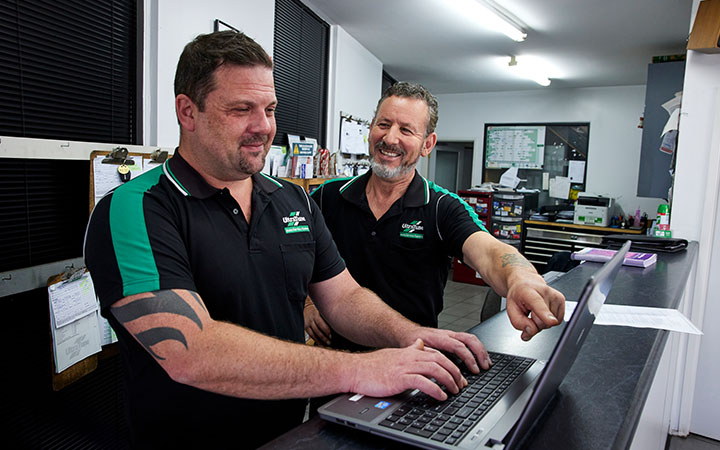While a lot of the focus to date has been around the investments in equipment and workshop training, very little of the conversation has been centred on the expectations of our customers.
Yet a study by Capricorn of European markets, where EVs are at much higher levels of adoption than at home in Australia and New Zealand, shows workshops are going to have to change their customer service model, as well as their business model to attract and retain customers in the brave new world of the electric aftermarket. If you’re planning on still running a workshop beyond the end of this decade, the insights in this article are for you.
First, a little about the study. In September 2022, a small team from Capricorn toured the UK, Norway and Sweden—three markets at different stages of EV adoption. For example, more than 80% of new car sales in Norway in 2021 (and it’s more than 90% now) are EVs, and 20% of all cars on the road are EVs, which makes it an excellent case study for what we can expect closer to home as EV adoption increases. The Capricorn team visited a wide range of organisations including vehicle manufacturers, workshops, consulting firms, and OEM-branded dealers, and reported a wide range of findings, including some fascinating insights into customer service expectations in the EV aftermarket.
The team, including Capricorn General Manager of Innovation and Corporate Development Kim Radalj, found many areas of servicing are set to change. While body and tyre shops will experience fewer changes, mechanical workshops will experience huge amounts of change. Thirty to fifty per cent of the service tasks currently undertaken will no longer exist. At some point in the coming years, your workshop will perform its last oil change—although we’re not quite there yet. Given oil changes are a main trigger for service intervals and a source of profit for workshops, many workshop owners will be wondering where their profits will come from.
The good news is OEMs are still suggesting annual services. While the evidence is that some motorists are questioning the value of these, some OEMs are providing highly itemised service schedules to encourage servicing.
What will a service look like? Dehumidifiers, cabin filters, wiper blades, washer fluids, air conditioning systems, air pumps and battery cell maintenance are all likely to be key. Even tyre shops may be affected, as high torque from electric motors is wearing through rubber compounds, meaning tyres are being replaced with higher frequency—although tyre manufacturers will be developing new compounds to combat this.
But what did the study tour team learn about customer behaviour from the European experience?
Firstly, EVs are quicker to service, which means workshops will have to adjust to a “higher churn” model of operation, getting vehicles in and out quickly, rather than having customers drop them off at the start of the day and pick them up at the end. Most workshops simply will not have the forecourt or car park space to hold all the vehicles they’ll be able to service in a single day.
Consequently, customers are more likely to be hanging around the workshop while their vehicle is serviced, so keeping customers happy is likely to involve providing facilities for them to amuse themselves, like a lounge space with wi-fi and perhaps even a coffee machine, rather than a small and potentially unloved or forgotten waiting area by reception.

Secondly, when customers get their EV serviced, many expect the workshop to return the vehicle with a fully charged battery. This is a fundamental shift—customers don’t expect you to fill up their fuel tank for free. As a result, charging can create additional congestion while batteries are charged. In Norway, many workshops are investing in charging infrastructure on the apron
and in adjoining car parks. This sounds expensive, but installation only becomes really costly when installing fast or ultra-fast chargers that require upgrades to local networks. It's yet to be seen if Australian motorists will develop the same expectations in regards to battery charging during a service - but it's something to bear in mind.
Everything about the transition to EVs is a learningas-we-go experience. Perth-based customer service expert Chris Smoje, author of All-In Culture, said the key to keeping customers happy through a potentially difficult transition was communication.
“You’ve got to go through things with the customer and be very humble,” he said. “Remember, they’re learning, too. As staff members we should not have the expectation that all of a sudden customers know what is needed.
“If the servicing times are shorter, a customer might say, ‘is that it? Are you sure you’re not missing anything?’ We’ve got to be very careful and take them on the journey as we transition to something new.
“If a customer asks you something you don’t know the answer to, you can always say, ‘that’s the first time I’ve been asked that, I’m learning as well. We’re going through this for the first time, too’.”
Chris said when it came to shifts like customers expecting fully charged batteries, it was important to be open-minded to change if this becomes the industry expectation.
“Lean into the things the customer is saying,” he said. “If you are in tune with your customers and responsive to their needs, your business will evolve faster.”
He said market leaders, like Tesla, were likely to set customer expectations for the aftermarket to follow.


